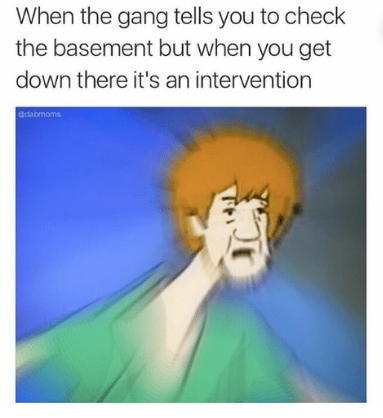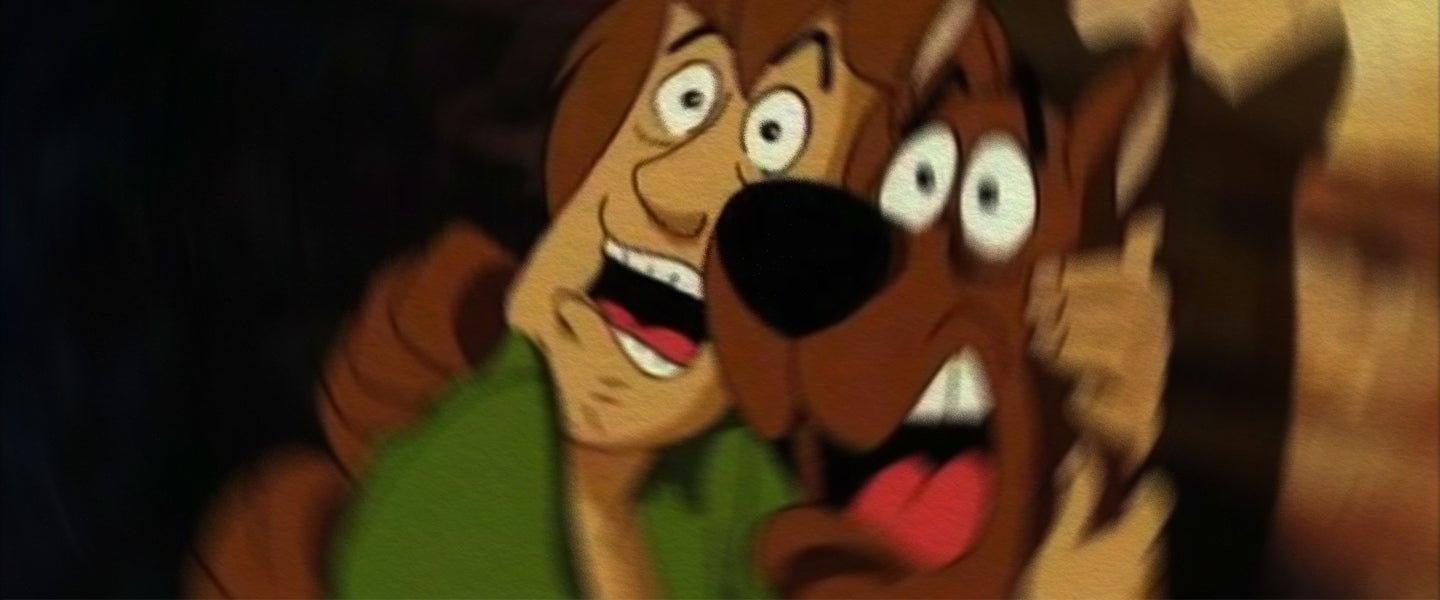You may think of Scooby-Doo as an old Saturday morning cartoon character, but the easily spooked Great Dane and his gang of mystery-solving teens have stayed quite busy in the 50 years since the debut of Hanna-Barbera’s Scooby-Doo, Where Are You! in 1969. The brand includes 14 different animated series, 13 comic book runs, two theatrical live-action films (plus at least 30 straight-to-video releases), 21 video games and a handful of stage productions (e.g., in 2020, the live “entertainment spectacular” Scooby-Doo and the Lost City of Gold will embark on a five-year, 30-country global tour). This side of Disney, that’s a solid legacy for a talking dog.

The broad and enduring appeal of the Scooby-verse probably has much to do with the cultural forces that shaped it as anything else. Some argue that the original show was a response to the violence and turmoil seeping through TV sets in the late 1960s; it leaned on classical elements of horror like haunted houses and shadowy monsters but softened them with lighthearted humor and a campy spirit of adventure. Ever since, though, fans and creators have tried to draw out the darker, adult themes or subtext lurking behind the goofy catchphrases. Sometimes this is as simple as rebooting the premise for a comic book like the recent Scooby Apocalypse, where the crew battles mutants created by a world-ending virus (and apparently, not everyone survives).
'Mortal Kombat 11' Petition To Add Shaggy Is Quickly Growing:https://t.co/p02NlwVKZf pic.twitter.com/BHROK7Plpk
— ComicBook NOW! (@ComicBookNOW) January 27, 2019
Elsewhere, it just means people will put their own spin on kid-friendly material. Some of the deeper reads are well-known at this point: Shaggy, who always seems to be very hungry, spaced-out or inappropriately giddy, is taken to be a stoner (over the denials of Scooby creators Joe Ruby and Ken Spears, as well as from actor Matthew Lillard, who has portrayed the character in live-action movies and voiced him for TV). The bookish, bespectacled Velma is possibly a closeted lesbian, with a noticeable crush Daphne, the other woman in the gang.
Even better are the attempts to explain the strange reality in which these paranormal mysteries unfold. One popular Tumblr post suggests that evil magic and monsters are absolutely real in the Scooby-Doo storyline, which is why the villains are able to effectively pose as ghosts and the like in order to advance their nefarious agendas. “The reason why everyone the Mystery Inc. gang encounters believes in the supernatural 100 percent of the time,” the author writes, “is that they have been raised in a society where they are taught to fear monsters from a young age due to long-standing traditions implemented for their safety.” That would up the scare factor.

Other fans have taken a hard look at the economic factors in play. A redditor claims — among more curious ideas about demonology and the occult being the reason why Scooby has the ability to speak — that Velma is orchestrating a parade of fake boogeymen in order to milk a trust fund Daphne was given by her wealthy family, the Blakes: “A simple search of public records and Velma was able to identify the next farm to be foreclosed, recent will grants and land transactions, and easily identify a local who would be willing to don a mask and scare some kids to A) get back at the town and B) increase their own savings courtesy of Mr. Blake.”
Broadening out a bit, some believe that all of Scooby-Doo takes place during a semi-permanent economic depression, thus the many derelict and abandoned settings, as well as the brilliant unemployed antagonists squatting at the sites of failed businesses in the hopes of scamming some cash. As to whether this squares with a theory that has the teens road-tripping up to Canada in order to dodge the Vietnam draft, well, I’ll leave that up to you. Certainly, if that’s the case, they’ve gotten very lost.
And then there’s… this:
The Mystery Machine crew originally consisted of Scooby, Shaggy, Daphne, Fred and Velma. They were good at solving mysteries together pic.twitter.com/DyxQtQsklH
— sai (@Saisailu97) May 15, 2017
Arrogant and conceited, Scrappy Doo thought too highly of himself. He tried to be a part of the crew, but none of them were big fans of him.
— sai (@Saisailu97) May 15, 2017
Scrappy Doo isn't seen for many years. He's trying to figure out how to get back at the gang for how they didn't take him in as one of them.
— sai (@Saisailu97) May 15, 2017
He does this to get Scooby's protoplasm – the one thing left for him to transform into an unstoppable leader and create a monster army
— sai (@Saisailu97) May 15, 2017
He manages to escape, and using the same technology needed to create Emile, he creates clones of Scooby and gang
— sai (@Saisailu97) May 15, 2017
Scrappy is just waiting for the day he can take over the world, using all his monsters. And as for the original crew…RIP pic.twitter.com/XKG3HClLf9
— sai (@Saisailu97) May 15, 2017
But whether you believe every episode is another LSD trip, or that Scooby escaped a Cold War “experimental breeding program that could have produced dogs with greatly enhanced intelligence” in the Soviet Union and continues to be hunted by the CIA or that the entire group suffers from schizophrenia and is actually undergoing an elaborate form of therapy designed to show them that “seemingly supernatural things always have mundane explanations, using repeated demonstration to try and teach them the lesson on an subconscious level,” you’re reenacting the central conceit of the Scooby-Doo pitch: Things are not what they seem.
The franchise’s longevity is in these layers, and its surface-level innocence — its creators’ effort to make something silly and safe for a volatile age — has merely been an invitation to plumb its depths. And amazingly, trying to counter the counterculture with a “debunking” of horror tropes spawned ever more off-the-wall ideas.
New theory: Scooby Doo is an old god that guards the prison all the monsters from the first world are held in. With the new world they didn't want monsters, but Scooby goofed and some of them escaped. He travels with Mystery Inc. trying to catch them but so far they're only human
— Brendan (@ABTSbrendan) September 13, 2019
I've become at least 36% gayer since i started driving a van so i think there's something to this
— Jesse's Trick (@SkullJ0ke) September 11, 2019
New theory: the Scooby Doo team are the real ghosts, which is why they haven't aged in 40 years.
— Moose Allain Ꙭ (@MooseAllain) March 2, 2015
The lesson? A little naiveté can give you lots of staying power. You don’t have to think up all the weird angles and twists yourself, as long as you create some room — and plenty of inconsistencies across various media — for the fan base to work with. Oh, and even if you aren’t going to bring drugs in, it seems useful to have one protagonist at least act high.


